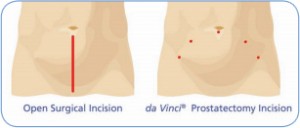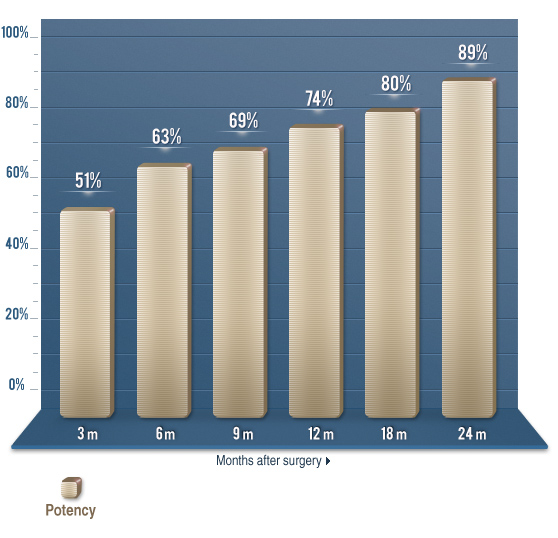If your doctor has scheduled you for an operation, you are probably already wondering what’s it like to have surgery?
For most people, just the thought of having surgery can be stressful. You can reduce much of your anxiety by learning what to expect both during surgery and recovery afterwards.
Your surgery experience will vary depending upon the condition being treated and the type of surgery. The two main types of surgery are:
- Inpatient surgery: Done in a hospital, inpatient surgery requires you to stay overnight for one or more days to allow the doctors and nurses to monitor your condition.
- Outpatient (also known as ambulatory) surgery: This is done in an outpatient clinic or hospital. You will be able to go home on the day of the surgery.
In general, when you have surgery, you can expect the following steps, although outpatient surgeries may not involve all of these.
Pre-Surgery Check-In
When you arrive at the hospital or clinic for your surgery, you will be asked to provide information about your:
- health insurance
- medical history
- current pain or symptoms.
A nurse will take your vital signs, such as your blood pressure, heart rate and temperature. You may also need to have other tests, like X-rays or blood tests.
You will be given a paper or plastic bracelet to wear that allows hospital staff to identify you easily.
Often, you will not be allowed to eat or drink anything for several hours before you have surgery. Food or liquid in your stomach can increase the risk of complications, or cause vomiting during or after surgery.
Anesthesia
For most surgeries, some type of medicine (anesthesia or anesthetics) is used to make you fall asleep or to numb part of your body so you don’t feel it during surgery.
These medicines are given before your surgery, and include:
- General anesthesia: This will make you unconscious during the surgery. If this is used, an anesthesiologist (a doctor or nurse) will monitor you during the surgery and adjust the medicines, if needed.
- Local anesthetic: These are used to numb the area of the body where the surgery will be done. You may also be given a drug that doesn’t put you to sleep but will make you drowsy.
Surgery Preparation
The hospital staff will prepare (also called “prep”) you for having surgery. This includes:
- Cleaning or shaving (if needed) the part of your body that will be operated on.
- Asking you to remove your jewelry, hair ties and contact lenses.
- Providing you with a hospital gown to wear (instead of your clothing).
- Having an IV (intravenous) line inserted in your arm by a nurse. This is attached to a bag of fluid and is used to give you anesthetics, fluids or medicines needed during surgery.
- Hooking you up to equipment that monitors your blood pressure and heart rate.
During Surgery
In the operating room, you may notice that the doctors and nurses are all wearing protective clothing. This includes masks, gowns, caps, booties and plastic eyeglasses. These are worn to reduce your chance of getting an infection during surgery.
In some hospitals or clinics, medical or nursing students may be present in the room during your surgery. They are there to watch and learn the procedure.
Recovery After Surgery
After surgery, you will be taken to a recovery room (also known as the postoperative room, or post-op). Your condition will be monitored by nurses for up to a few hours, depending upon the type of surgery.
When you wake up from the general anesthesia, you may feel confused, groggy, nauseated, chilly, or even sad. When you are fully awake, the surgeon will meet with you to tell you how the surgery went.
If you experience any pain after surgery, you will be given pain medications (either pills or in your IV line). You may also be given antibiotics to reduce your chance of infection.
If you are staying overnight in the hospital, you will be brought to a hospital room, where nurses will monitor your condition until it is time for you to leave.








